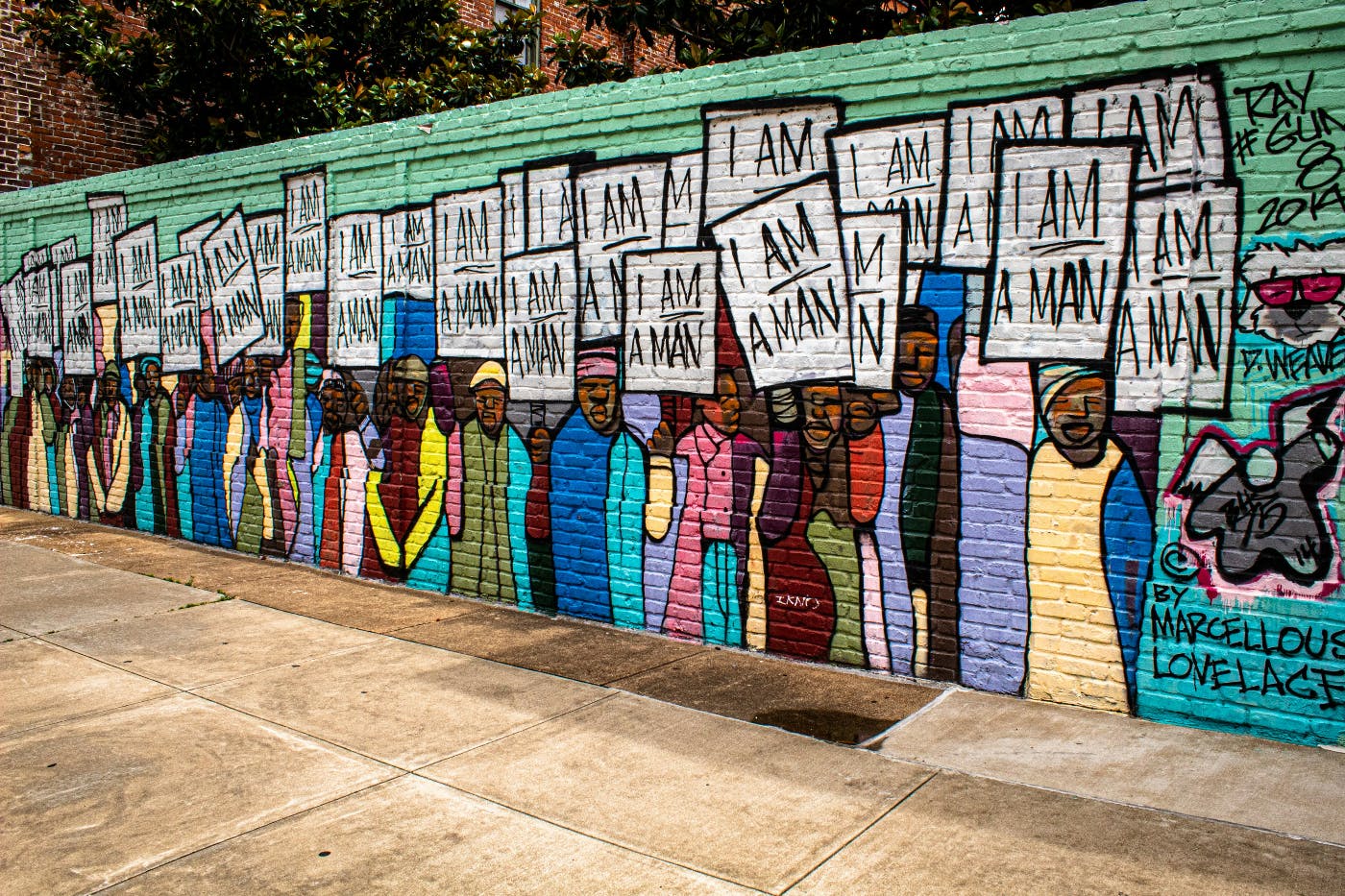

Each member of this creative trio brings unique skills and perspectives to the table, but without proper communication, misunderstandings, and inefficiencies can derail even the most promising endeavors
We all speak a language. Hopefully, the team you work with speaks the same language, albeit with a variety of dialects if you’re an international company, but you all speak one similar language. Speaking the same language makes communication so much easier, right? Maybe not so much.
Despite the entire office speaking English, that doesn’t mean you have conquered the language barrier. Within the office, there are different sociolects, which are a variety of languages used by various age groups, professions, or even classes. You can quickly lose communication, or communication can go awry in these sociolects.
Do not assume that someone understands you unless you speak the same language or have keyed into their particular sociolect.
Since communication is undeniably the most essential part of running a solid business, today we’re looking at how you can better communicate with your designers, developers, and copywriters.
Understanding the individual sociolects can smooth out communication problems, help designers, developers, and copywriters to feel heard and understood, and make your business run much more smoothly. So, today, we’re looking at ways to improve communication among the trinity: designers, developers, and copywriters. Shall we jump to it? Yes, I think we shall.
Successful projects often hinge on effective collaboration among designers, developers, and copywriters in today's fast-paced digital landscape. Each member of this creative trio brings unique skills and perspectives to the table, but without proper communication, misunderstandings, and inefficiencies can derail even the most promising endeavors. In this blog, we'll explore the importance of synergy and synchronization in navigating the communication dynamics among these crucial team members.
Understanding the Roles
Before delving into communication strategies, it's essential to understand the distinct roles that designers, developers, and copywriters play in the creative process.
Designers: Designers are visual storytellers responsible for creating the aesthetic elements that capture attention and convey meaning. They focus on layout, typography, color schemes, and overall visual appeal.
Developers: Developers bring designs to life through coding and technical implementation. They transform static visuals into functional websites, applications, or other digital products, ensuring seamless user experiences.
Copywriters: Copywriters craft compelling written content that complements the visuals and guides the user journey. They're skilled in messaging, tone of voice, and storytelling and aim to engage and persuade the audience.

The Power of Collaboration
Successful projects thrive on collaboration, leveraging the strengths of each team member to achieve collective goals. When designers, developers, and copywriters collaborate effectively, the result is greater than the sum of its parts. Here's why collaboration matters:
Diverse Perspectives: Each team member brings a unique perspective shaped by their expertise and background. By combining these perspectives, teams can generate more innovative ideas and solutions.
Holistic Approach: Collaboration ensures that all aspects of a project—visual, technical, and textual—are aligned and cohesive. This holistic approach enhances the user experience and strengthens the project's overall impact.
Efficiency and Consistency: Clear communication and collaboration reduce the likelihood of misunderstandings and rework. By establishing consistent processes and standards, teams can streamline workflows and deliver high-quality results more efficiently.
Key Communication Strategies
Effective communication is the cornerstone of successful collaboration. Here are some critical strategies for navigating communication dynamics among designers, developers, and copywriters:
Establish Clear Objectives: Begin by defining clear project objectives and goals. Ensure everyone understands the project's purpose, target audience, and desired outcomes. Clarity from the outset sets the stage for effective collaboration.
Create a Shared Vision: Encourage open dialogue and collaboration from the early stages of a project. Bring together designers, developers, and copywriters to brainstorm ideas, share inspiration, and align on the project's creative direction. A shared vision fosters a sense of ownership and commitment among team members.
Utilize Collaborative Tools: Leverage collaboration tools and platforms to facilitate communication and streamline workflows. Project management tools like Trello or Asana can help teams organize tasks and track progress. Design collaboration tools, like Figma or Adobe XD, enable real-time collaboration on visual assets. Communication platforms, such as Slack or Microsoft Teams, provide channels for ongoing communication and feedback.
Establish Clear Channels: Define communication channels and protocols to ensure information flows smoothly among team members. Schedule regular check-ins, status meetings, or stand-ups to discuss progress, address challenges, and align priorities. Establish clear channels for feedback and iteration to keep the project moving forward.
Encourage Cross-Functional Collaboration: Foster a culture of collaboration and mutual respect among designers, developers, and copywriters. Encourage cross-functional collaboration by inviting team members to provide input and feedback across disciplines. Recognize and celebrate the unique contributions of each team member, fostering a sense of camaraderie and shared purpose.
Embrace Constructive Feedback: Feedback is an essential aspect of the creative process. Encourage a culture of constructive feedback where team members feel comfortable sharing their thoughts and ideas openly. Provide specific, actionable feedback that focuses on improving the work rather than criticizing individual team members. Foster a growth mindset where feedback is viewed as an opportunity for learning and improvement.
Iterate and Refine: Recognize that creativity is iterative and that perfection is often achieved through multiple rounds of iteration and refinement. Embrace a flexible and iterative approach to the creative process, allowing room for experimentation, feedback, and iteration. Encourage a mindset of continuous improvement, where each iteration brings the project closer to its full potential.

Case Study: The Power of Collaboration
To illustrate the impact of effective collaboration, let's consider a hypothetical case study:
Project: Redesigning a corporate website for a tech startup.
Team: A designer, a front-end developer, a back-end developer, and a copywriter.
Process
Kickoff Meeting: The project kicks off with a collaborative kickoff meeting attended by all team members. The team discusses the project objectives, target audience, brand guidelines, and timeline.
Creative Exploration: The designer presents initial design concepts, incorporating input from the copywriter and developers. The team collaborates to refine the visual direction, ensuring the design effectively communicates the brand's message and values.
Technical Implementation: The front-end developer begins coding the website based on the approved design, while the back-end developer sets up the necessary infrastructure and functionality. The copywriter drafts compelling copy that aligns with the design and user experience.
Feedback and Iteration: Throughout the process, the team engages in regular feedback sessions to review progress, address challenges, and make adjustments as needed. They iterate on the design, content, and functionality to achieve the desired outcome.
Launch and Optimization: After thorough testing and refinement, the website is launched to the public. The team continues to monitor performance metrics and user feedback, making data-driven optimizations to enhance the user experience and achieve business objectives.
Results: Thanks to effective collaboration and communication, the redesigned website receives positive feedback from users and stakeholders. It successfully conveys the brand's message, engages visitors, and drives conversions, contributing to the company's overall success.
Summing Up
In today's interconnected world, successful projects require seamless collaboration among designers, developers, and copywriters. By embracing effective communication strategies and fostering a culture of collaboration, teams can unlock their full creative potential and achieve outstanding results. Remember, synergy in sync is not just a goal—it's the foundation for success in the digital age.
